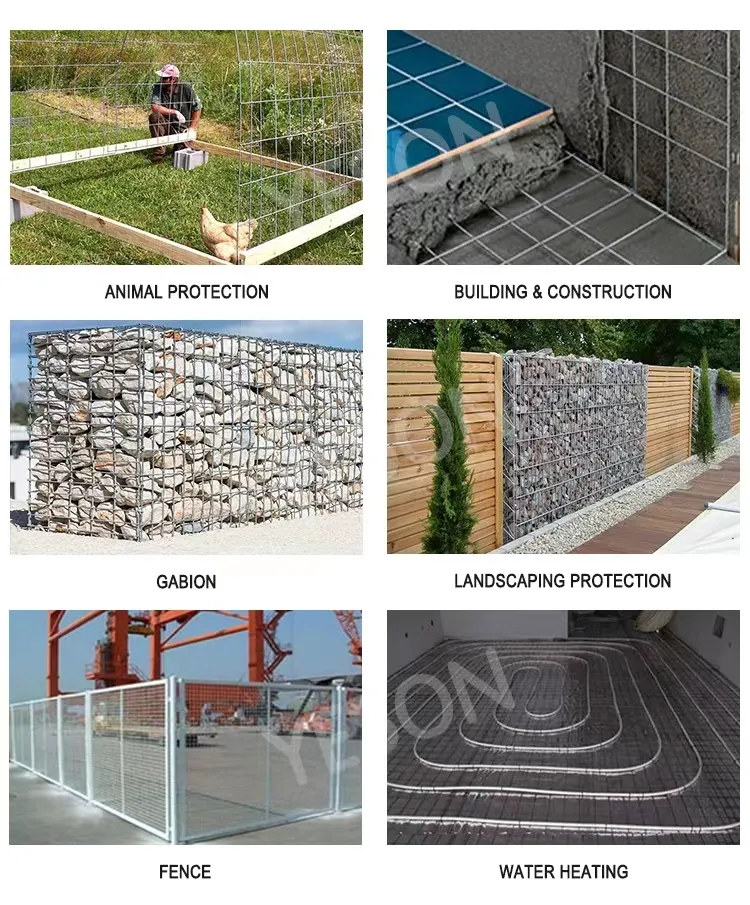-
 Afrikaans
Afrikaans -
 Albanian
Albanian -
 Amharic
Amharic -
 Arabic
Arabic -
 Armenian
Armenian -
 Azerbaijani
Azerbaijani -
 Basque
Basque -
 Belarusian
Belarusian -
 Bengali
Bengali -
 Bosnian
Bosnian -
 Bulgarian
Bulgarian -
 Catalan
Catalan -
 Cebuano
Cebuano -
 China
China -
 Corsican
Corsican -
 Croatian
Croatian -
 Czech
Czech -
 Danish
Danish -
 Dutch
Dutch -
 English
English -
 Esperanto
Esperanto -
 Estonian
Estonian -
 Finnish
Finnish -
 French
French -
 Frisian
Frisian -
 Galician
Galician -
 Georgian
Georgian -
 German
German -
 Greek
Greek -
 Gujarati
Gujarati -
 Haitian Creole
Haitian Creole -
 hausa
hausa -
 hawaiian
hawaiian -
 Hebrew
Hebrew -
 Hindi
Hindi -
 Miao
Miao -
 Hungarian
Hungarian -
 Icelandic
Icelandic -
 igbo
igbo -
 Indonesian
Indonesian -
 irish
irish -
 Italian
Italian -
 Japanese
Japanese -
 Javanese
Javanese -
 Kannada
Kannada -
 kazakh
kazakh -
 Khmer
Khmer -
 Rwandese
Rwandese -
 Korean
Korean -
 Kurdish
Kurdish -
 Kyrgyz
Kyrgyz -
 Lao
Lao -
 Latin
Latin -
 Latvian
Latvian -
 Lithuanian
Lithuanian -
 Luxembourgish
Luxembourgish -
 Macedonian
Macedonian -
 Malgashi
Malgashi -
 Malay
Malay -
 Malayalam
Malayalam -
 Maltese
Maltese -
 Maori
Maori -
 Marathi
Marathi -
 Mongolian
Mongolian -
 Myanmar
Myanmar -
 Nepali
Nepali -
 Norwegian
Norwegian -
 Norwegian
Norwegian -
 Occitan
Occitan -
 Pashto
Pashto -
 Persian
Persian -
 Polish
Polish -
 Portuguese
Portuguese -
 Punjabi
Punjabi -
 Romanian
Romanian -
 Russian
Russian -
 Samoan
Samoan -
 Scottish Gaelic
Scottish Gaelic -
 Serbian
Serbian -
 Sesotho
Sesotho -
 Shona
Shona -
 Sindhi
Sindhi -
 Sinhala
Sinhala -
 Slovak
Slovak -
 Slovenian
Slovenian -
 Somali
Somali -
 Spanish
Spanish -
 Sundanese
Sundanese -
 Swahili
Swahili -
 Swedish
Swedish -
 Tagalog
Tagalog -
 Tajik
Tajik -
 Tamil
Tamil -
 Tatar
Tatar -
 Telugu
Telugu -
 Thai
Thai -
 Turkish
Turkish -
 Turkmen
Turkmen -
 Ukrainian
Ukrainian -
 Urdu
Urdu -
 Uighur
Uighur -
 Uzbek
Uzbek -
 Vietnamese
Vietnamese -
 Welsh
Welsh -
 Bantu
Bantu -
 Yiddish
Yiddish -
 Yoruba
Yoruba -
 Zulu
Zulu
The Benefits of Using Vermin Resistant Mesh for Effective Pest Control Solutions
The Importance of Vermin-Proof Mesh A Comprehensive Guide
In today's world, where urbanization and climate change are on the rise, the battle against vermin has become increasingly crucial. Rodents, insects, and other pests can wreak havoc in homes and businesses, leading to potentially severe health risks and economic losses. One effective solution to mitigate these issues is the use of vermin-proof mesh. This article delves into the significance of this protective measure, its applications, and best practices for ensuring long-term effectiveness.
Understanding Vermin-Proof Mesh
Vermin-proof mesh is a specially designed barrier material, typically made from strong metal or synthetic fibers, that prevents rodents and insects from entering a space. The mesh is characterized by its small openings, which are sized to deter pests while providing adequate ventilation. This type of mesh is applied in various settings, including residential properties, warehouses, farms, and restaurants.
The mesh is engineered to withstand the wear and tear of exposure to outdoor elements while maintaining its effectiveness as a pest barrier. Galvanized steel, stainless steel, or high-density polyethylene are common materials used, chosen for their durability and resistance to rusting and corrosion.
Applications of Vermin-Proof Mesh
1. Residential Properties Vermin-proof mesh is especially beneficial in preventing rodents like rats and mice from entering attics, basements, or crawl spaces. It can be installed over vents, drain openings, and any gaps in the structure to create a barrier against unwanted pests.
2. Agriculture Farmers face significant challenges from pests that can damage crops or contaminate food supply. Using vermin-proof mesh around silos, storage areas, and fences can minimize the risk of rodent infestations and protect valuable produce.
3. Food Industry Restaurants and food processing plants are particularly vulnerable to infestations. Installing vermin-proof mesh in windows, doors, and exhaust vents helps maintain hygiene standards and protects food from contamination.
4. Commercial Buildings Office buildings and warehouses benefit from the application of this mesh in preventing pest incursions. The presence of rodents and insects can damage property and harm employee productivity, making vermin-proof mesh a wise investment.
vermin proof mesh

Best Practices for Installation and Maintenance
To ensure the effectiveness of vermin-proof mesh, proper installation and regular maintenance are essential
1. Accurate Measurement Before installation, it’s vital to measure the area accurately to ensure a proper fit. The mesh should cover all potential entry points including vents, gaps around pipes, and structural openings.
2. Secure Fastening Use appropriate fasteners or adhesives to secure the mesh firmly in place. This prevents any gaps that pests could exploit, ensuring an airtight seal.
3. Regular Inspections Periodically inspect the mesh for signs of wear, damage, or rust. Promptly addressing any issues will prolong the life of the mesh and maintain its protective capabilities.
4. Cleaning Maintain cleanliness around the premises by removing debris and food waste. A clean environment minimizes the attraction for pests and reduces the likelihood of infestations.
5. Professional Help For extensive installations or persistent pest problems, consulting pest control professionals can provide additional strategies and insights for effective vermin management.
Conclusion
In summary, vermin-proof mesh is an essential component of pest control strategies across various sectors. Its ability to provide a physical barrier against invasive species makes it invaluable in safeguarding health and property. By understanding its applications and adhering to best practices for installation and maintenance, individuals and businesses can effectively minimize pest-related challenges, making vermin-proof mesh a worthwhile investment for a healthier, pest-free environment.
-
Shipping Plastic Bags for Every NeedNewsJul.24,2025
-
Safety Netting: Your Shield in ConstructionNewsJul.24,2025
-
Plastic Mesh Netting for Everyday UseNewsJul.24,2025
-
Nylon Netting for Every UseNewsJul.24,2025
-
Mesh Breeder Box for Fish TanksNewsJul.24,2025
-
Expanded Steel Mesh Offers Durable VersatilityNewsJul.24,2025











